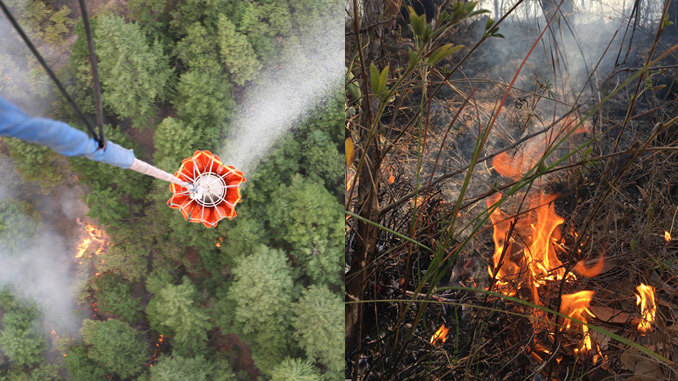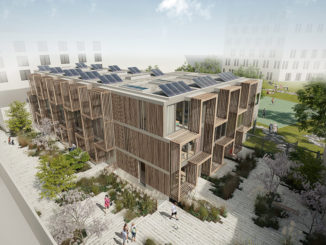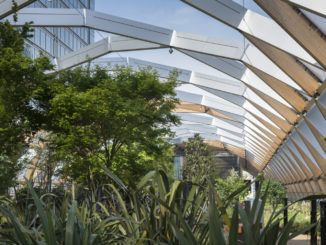
As we see the images of California wildfires appear on the news for another year and the call has gone out to various countries to send help and with the ‘Black Summer’ Australian bushfires still in our memories, it raises many questions for citizens and governments on how to manage fire.
As we see the impacts of climate change increasing and consistently seeing wildfires in countries across the world, we have to ask when will governments move from spending billions on suppression and rebuilding communities and shift to better landscape management that reduces the possibility for fires. There is a need for governments to come together and realise that the continuous cycle of fire fighting and endless calls to firefighters to fight bushfires (wildfires) across the world is not sustainable.
Recently, the Australian state government of New South Wales accepted the recommendations of ‘Black Summer’ bushfire inquiry[1] and the state of Victoria committed millions of dollars to recovery and rebuilding of the hundreds of communities that were impacted by the fires.[2] Both of these governments have used suppression as a key tool in managing fire. However, we have to ask when will they realise that suppression is not the answer, and alternatives must be sort.
Fire has been apart of earth’s climate for over 350-400 million years[3], and cultural burning has been used by indigenous people in various parts of the world to manage the land. Governments should seek to utilise indigenous and local knowledge to create plans for preventative land management and implement cultural burning (cool burning) programs. There needs to be a shift from fire suppression to prevention with greater investment in training along with education programs that recognise that we co-exist with fire.
As landscape architects and designers, we need to play a role in land management and educate clients about the role of fire when working areas that have biodomes that require fire management. When we create master plans for regional parks, towns and cities, parks, tourism developments and other developments, we need to be mindful of the role of fire when managing the land. As a profession, we should seek to gain a greater understanding of the role of fire in ecological health and biodiversity.
Shifting from suppression to prevention written by Damian Holmes – Editor of World Landscape Architecture and registered landscape architect working in Melbourne, Australia.
DISCLAIMER:
The opinions expressed in this article are those of the author. They do not purport to reflect the opinions or views of my employer or any organisation that the author may be affiliated or a member.
This article is for educational purposes only. The content is intended only to provide a summary and general overview on matters of interest. It’s not intended to be comprehensive, nor to constitute advice. You should always obtain professional or legal advice, appropriate to your own circumstances, before acting or relying on any of the above content.
References
[1] NSW Government – NSW Government releases Bushfire Inquiry Report (25 August 2020) https://www.nsw.gov.au/media-releases/nsw-government-releases-bushfire-inquiry-report Viewed on 28 August 2020
[2] Victoria Government – Factsheets, updates and publications – bushfire recovery (Reviewed 26 August 2020) https://www.vic.gov.au/bushfire-recovery-programs-and-initiatives Viewed on 28 August 2020
[3] Hirschberger, Peter (October 2016); FORESTS ABLAZE – Causes and effects of global forest fires – WWF
Additional Reading
The world’s best fire management system is in northern Australia, and it’s led by Indigenous land managers – Rohan Fisher, Jon Altman (March 10, 2020) The Conversation
Indigenous Fire Stewardship [PDF] – Lake, F.K.; Christianson, A.C. 2019. In: S. L. Manzello, ed. Encyclopedia of Wildfires and Wildland-Urban Interface (WUI) Fires. Cham, Switzerland: Springer, Cham. 9 p.
To Manage Wildfire, California Looks To What Tribes Have Known All Along – – Lauren Sommer, (24 August 2020) NPR



